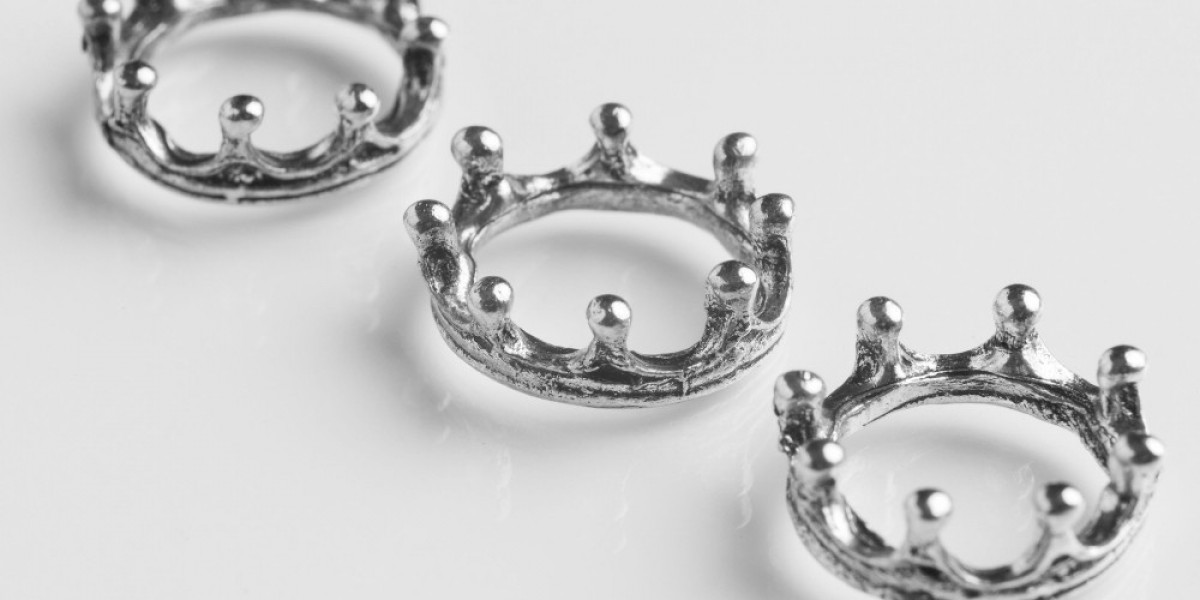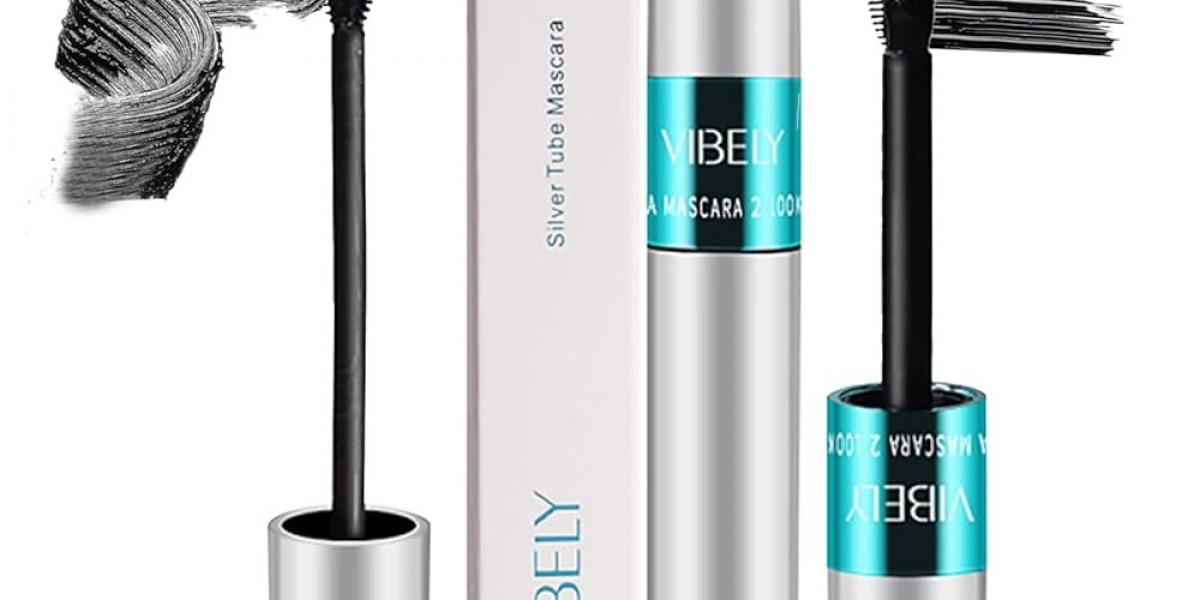Mechanical seal are small components with a big job. Though often overlooked, they play a critical role in keeping fluid systems safe, efficient, and leak-free—especially in pumps, compressors, and rotating equipment across industries like marine, chemical processing, water treatment, and oil & gas.
In this blog, we’ll break down what mechanical seals are, how they work, their types, and why they matter.
What Is a Mechanical Seal?
A mechanical seal is a device used to seal the interface between a rotating shaft and a stationary housing (or sometimes between two rotating components) to prevent leakage of liquids or gases. Instead of relying on traditional packing (like braided materials), mechanical seals use precision-engineered faces to ensure a tighter, more reliable seal.
Basic Function:
Prevents leakage between rotating and stationary parts
Maintains system pressure and fluid separation
Reduces friction and wear
Increases pump/system life
How Does a Mechanical Seal Work?
A mechanical seal typically consists of two flat surfaces:
One stationary face (mounted in the pump housing)
One rotating face (attached to the shaft)
These faces are pushed together with a spring mechanism. A very thin layer of fluid or gas (called a lubricating film) exists between them to reduce friction and heat, while still preventing leakage.
When properly installed and maintained, the seal faces remain in close contact—even under pressure and temperature fluctuations—ensuring reliable operation.
Types of Mechanical Seals
There are several types, each suited to different applications:
1. Balanced vs. Unbalanced Seals
Balanced seals are used for high-pressure systems and reduce the force on sealing faces.
Unbalanced seals are simpler and suited for lower-pressure applications.
2. Single vs. Double Seals
Single seals are cost-effective and used in systems with non-toxic, non-hazardous fluids.
Double seals offer extra protection and are used in hazardous or high-pressure environments.
3. Cartridge Seals
Pre-assembled for easy installation and replacement. Reduce installation errors.
4. Pusher and Non-Pusher Seals
Pusher seals use springs to maintain contact between sealing faces.
Non-pusher seals use bellows and are ideal for systems prone to clogging or with high temperatures.
Applications of Mechanical Seals
Mechanical seals are used across a wide range of industries:
Marine & Shipping – in engines, pumps, and water systems
Chemical & Petrochemical – for hazardous fluid containment
HVAC Systems – circulating pumps and compressors
Water & Wastewater – sealing pumps for clean and dirty water
Oil & Gas – high-pressure pumps, drilling systems
Food & Beverage – sanitary seals for hygienic processes
Why Mechanical Seals Matter
A faulty seal can lead to:
System failure
Leaks that waste expensive fluids or cause contamination
Equipment wear and damage
Environmental hazards or regulatory violations
Benefits of using quality mechanical seals:
Reduced downtime and maintenance
Longer equipment life
Greater operational safety and efficiency
Tips for Seal Maintenance and Longevity
Always follow manufacturer installation guidelines
Monitor for signs of leakage or vibration
Use compatible materials (seal face, elastomers) based on fluid type
Replace worn seals promptly
Keep system pressure and temperature within seal ratings
Conclusion
Mechanical seals may be small, but they are essential to the reliability of any fluid-handling system. Choosing the right type for your application, installing it correctly, and maintaining it regularly can save thousands in repairs, reduce downtime, and ensure your system runs smoothly.








